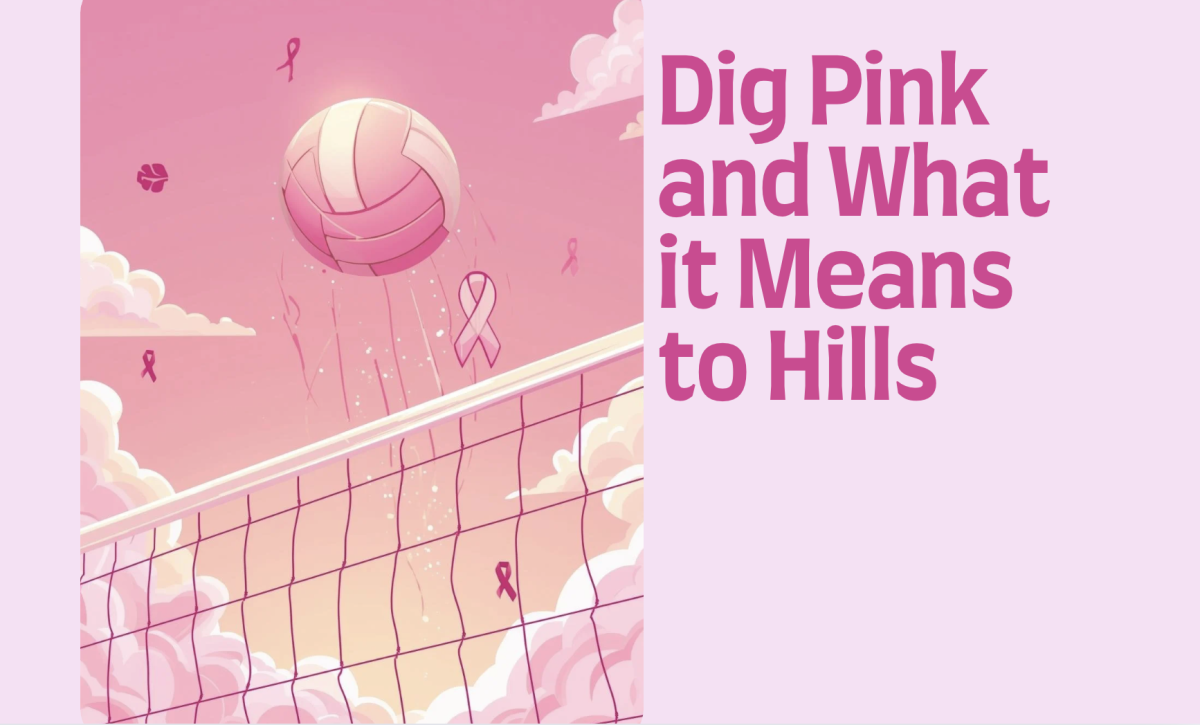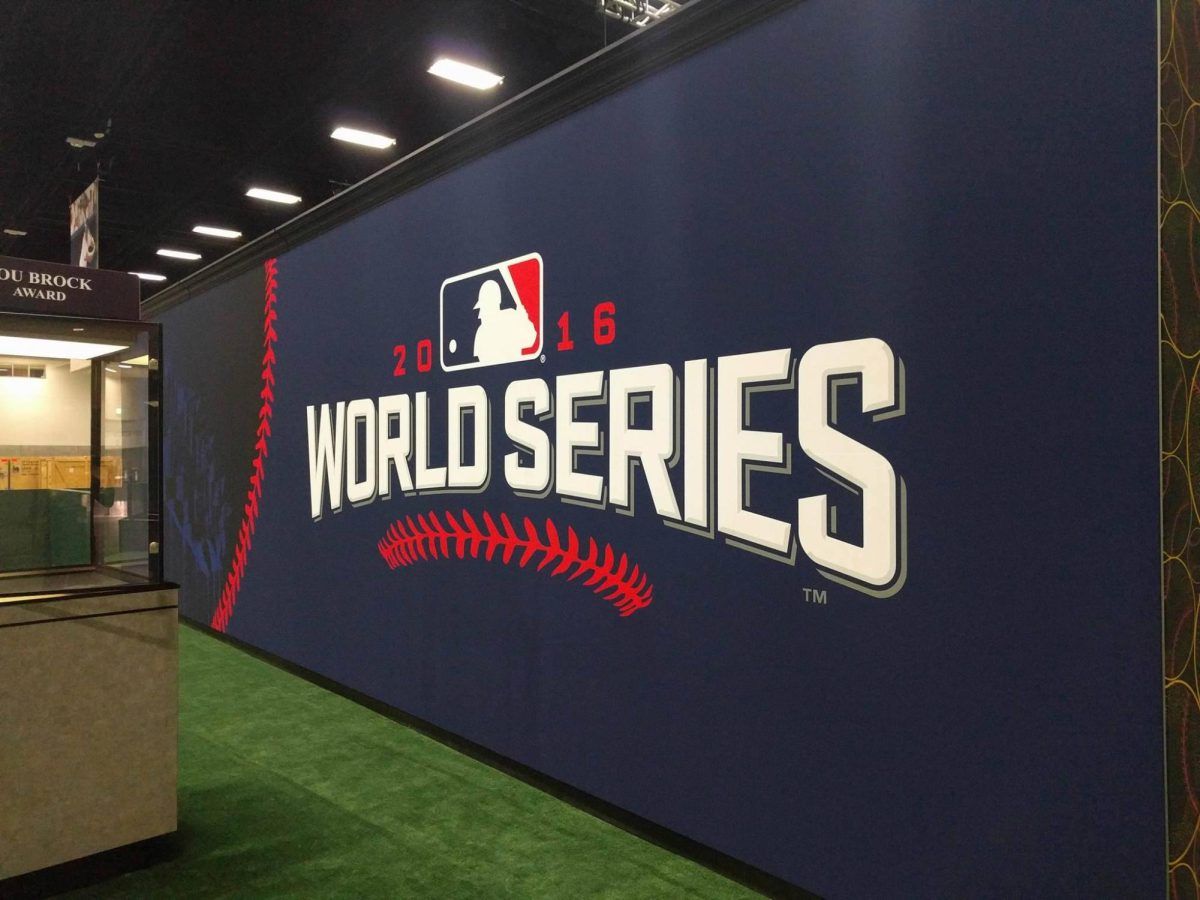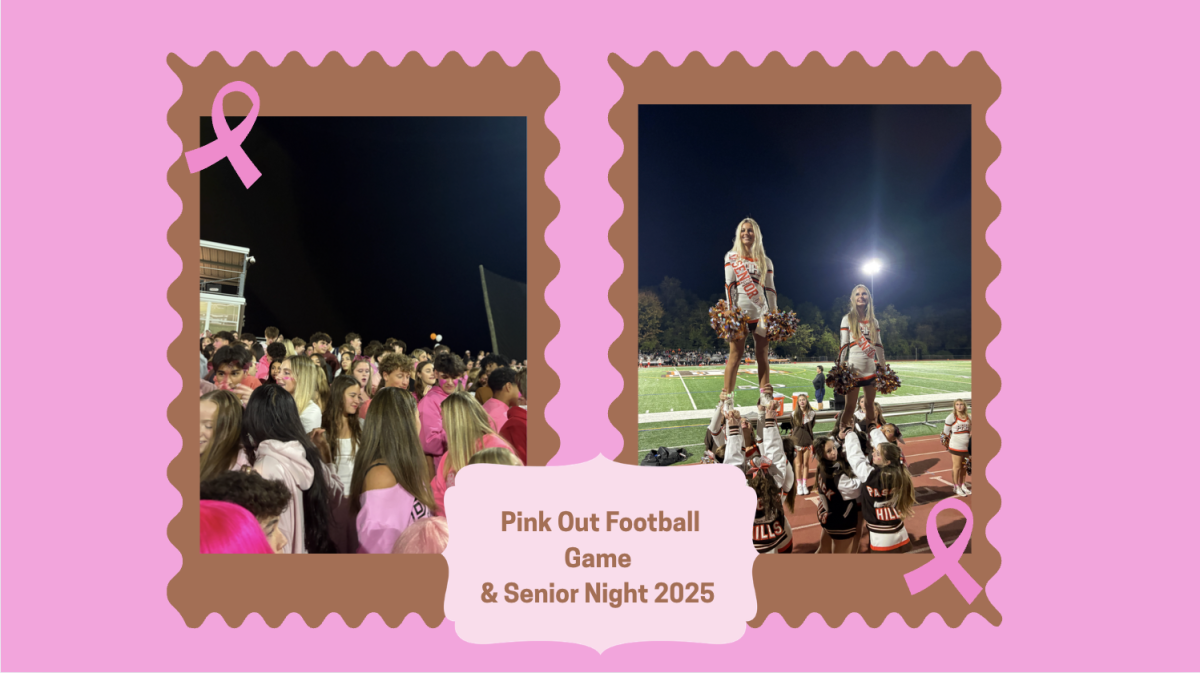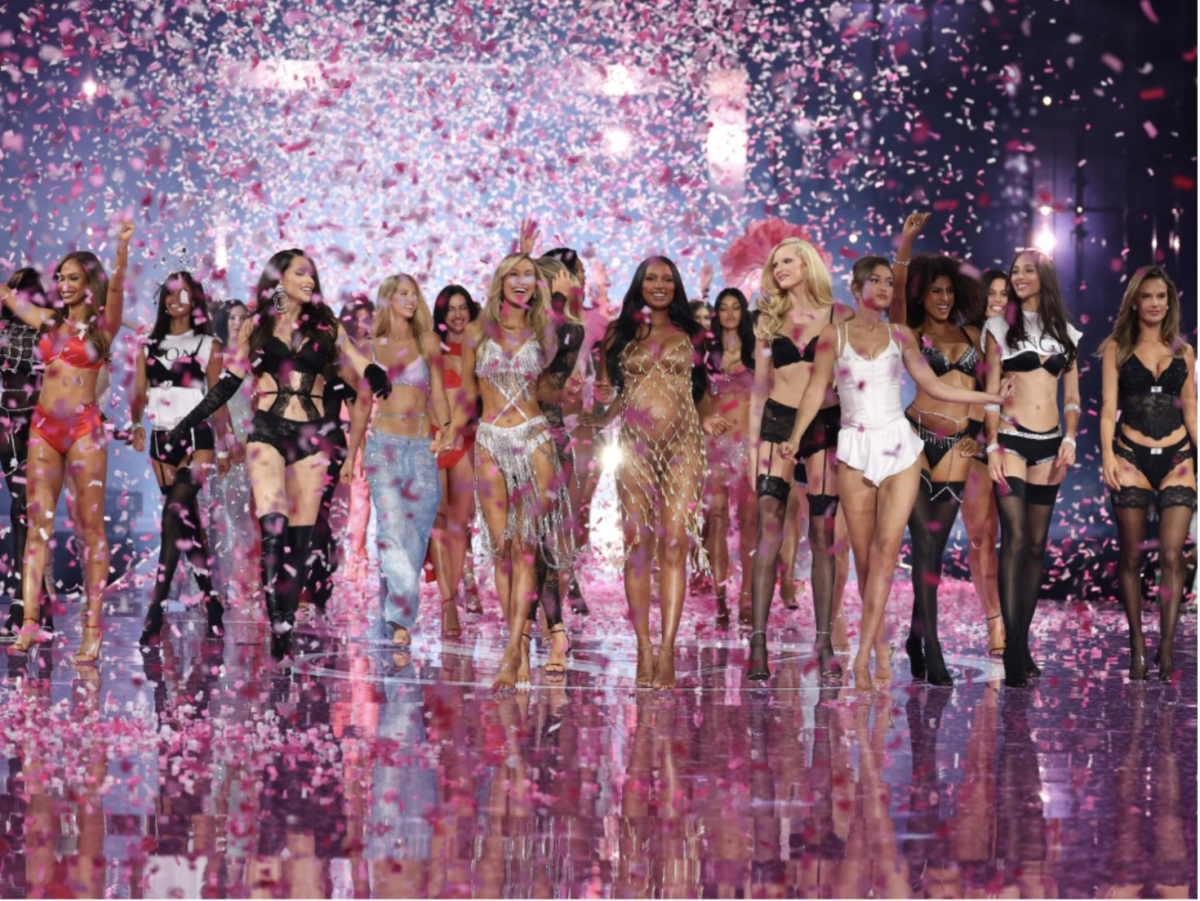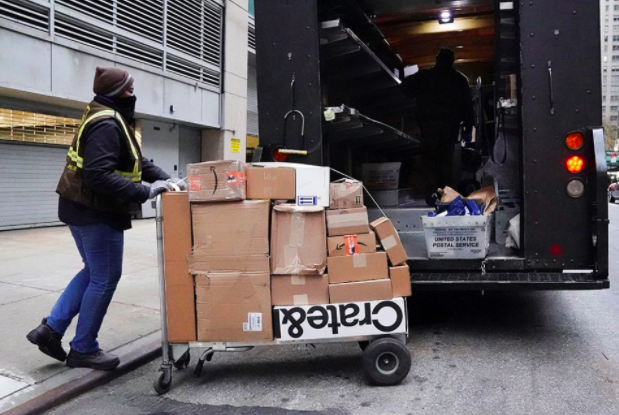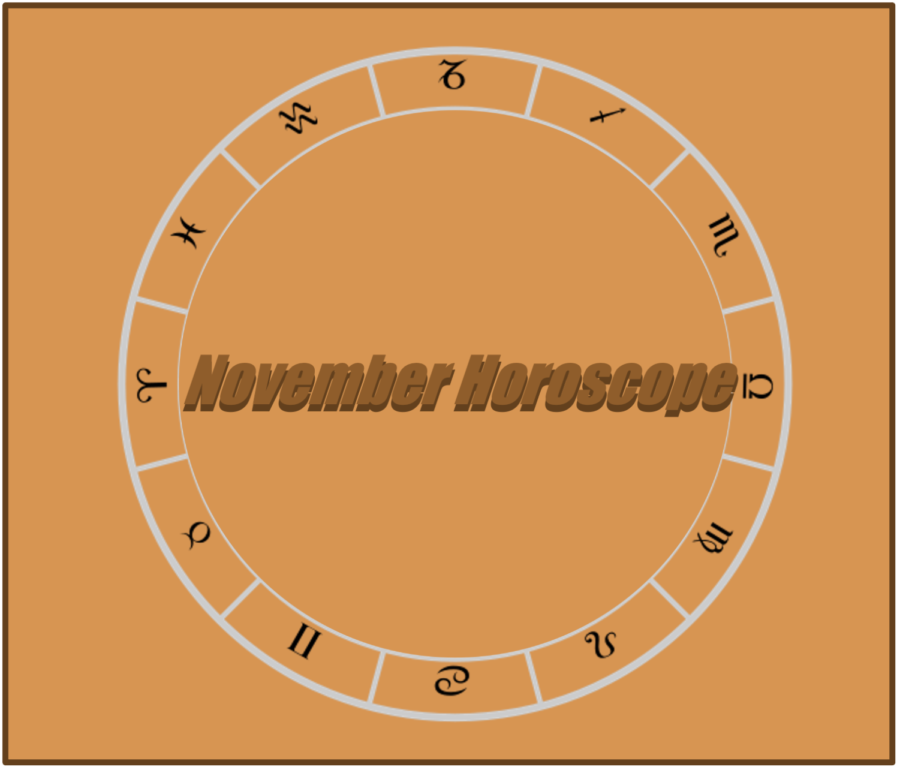February 14th, otherwise known as Valentine’s Day, is most often thought of as a day dedicated to all things love and romance. It is celebrated by giving those you love flowers, chocolate, jewelry, and other gifts that express how much you care about that special someone. The holiday dates back to the third century A.D., officially recognizing Saint Valentine, a priest who was put to death for performing secret marriages against the wishes of Emperor Claudius II, who thought that young single men would make better soldiers than those with wives and families. He has been portrayed as a romantic figure, risking his own life in the name of love. Later, in the 17th century, it became common for friends and lovers to exchange cards and small gifts to commemmorate the occasion. Since then, Valentine’s Day has evolved into the holiday we celebrate today, complete with hearts, cupid’s arrows, and the colors pink and red splashed across every card and candy box in sight.
In recent years, Valentine’s Day has become less romantic. This is mainly due to the business of selling Valentine’s related products and services to the public. Valentine’s Day is a multi-billion dollar industry. According to the National Retail Federation, the average person will spend $126 on Valentine’s Day this year, up 8.5% from the average spent in 2011. The average man will spend about $168, while the average women will spend about $85. Revenue for Valentine’s Day is second only to Christmas and back-to-school shopping. So it’s no wonder that consumers are bombarded with advertisements, e-mails, sales etc., all geared to finding the perfect gift for that special person in their life.
Many people believe that the card companies created Valentine’s Day, which is not surprising considering that you can go to your local store and choose from thousands of card designs. The National Greeting Card Association estimates that Valentine’s Day card sales are number two, right behind Christmas cards, and that total Valentine’s card sales will total $1.1 billion this year. According to Hallmark, half of the U.S. population celebrates Valentine’s Day by purchasing at least one greeting card and they anticipate that 180 million valentines will be exchanged this year.
Florists and flower growers also tremendously depend on Valentine’s Day. Red roses and tulips are the most popular Valentine’s Day flowers, and The Society of American Florists expects over 1.8 billion dollars in sales for this one day. For many restaurants this is also the busiest dining day of the year with approximately 3.4 billion dollars in sales. Jewerly sales are estimated to reach near 3.5 billion dollars. Finally, the National Confectioners Association expects to sell over 1 billion dollars in chocolates and other Valentines Day confections in 2012.
Expressing your love may also come with an expensive price tag. Many businesses may take advantage of shoppers, raising prices to take advantage of those who look for unique items to impress their loved ones. Even retailers selling items, not necessarily associated with Valentine’s Day, try to get into the act, gearing their advertising towards the holiday competition. For example, Coach and other major handbag companies launch new products with Valentine-themed logos or advertise items from their collections in holiday colors such as red, pink, and white. Clothing stores sell shirts and dresses covered in hearts and arrows, perfect to wear on the February 14th. According to msnbc.com, Valentine’s Day is equivalent to Black Friday for florists, jewelers and chocolatiers.
Valentine’s Day is certain to hold a special place in our society long into the future. Whether the day is about selling products and making money, or about spending time with loved ones and expressing true feelings of affection, men and women and boys and girls all look forward to a special day of sharing and giving… and loving!






